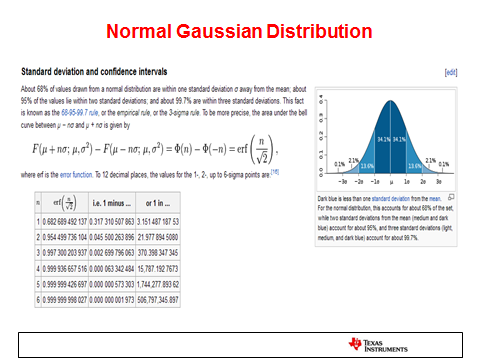To whom it may concern
Our customer is considering to replace from MAX4488 to OPA365.
One concern is MAX4488 is specified Vos(max) in over specified temperature range , Ta = -40℃ to +125℃ but OPA365 is not.
Could you provide the value like MAX4488?
If you don't have , how can we assume Vos(max)?
Your reply would be appreciated.


